In the turn of the 20th century, William H. Clark was one of the wealthiest men in the world. The Pennsylvania native, who was as prosperous as his rivals Carnegie and Vanderbilt, is now a lost figure in American history. Coming from humble beginnings, he slept under his wooden wagon during the winters of his youth. He participated in the California Gold Rush of the 1890s, before finding his true calling mining copper in Montana. He was an avid reader that taught himself the technological advancements of mining, which put him in the forefront of the booming industry. By the first decade of his career, he was already a self-made millionaire and a ruthless tycoon.
A newfound wealth excited him, and Mr. Clark began a spending spree that would continue till the end of his life. He purchased homes in California, Montana, New York and Las Vegas, and owned one of the finest collections of classical European art in the country. By the 1910s, he had built the largest house on Manhattan’s Millionaire’s Avenue. The 5th Avenue mansion boasted hundreds of bedrooms, marble staircases, and furniture once owned by French royalty. His most precious treasure, however, was his young daughter Huguette, the future heiress of his fortune. Quiet and reserved, Huguette often secluded herself in the top galleries of their New York City home. Decades later, she would soon become the subject of mystery, when the book Empty Mansions was published right after her death.
RELATED READS: Gloria Vanderbilt Has a Cooler Instagram Than You: The Resurgence of a Socialite
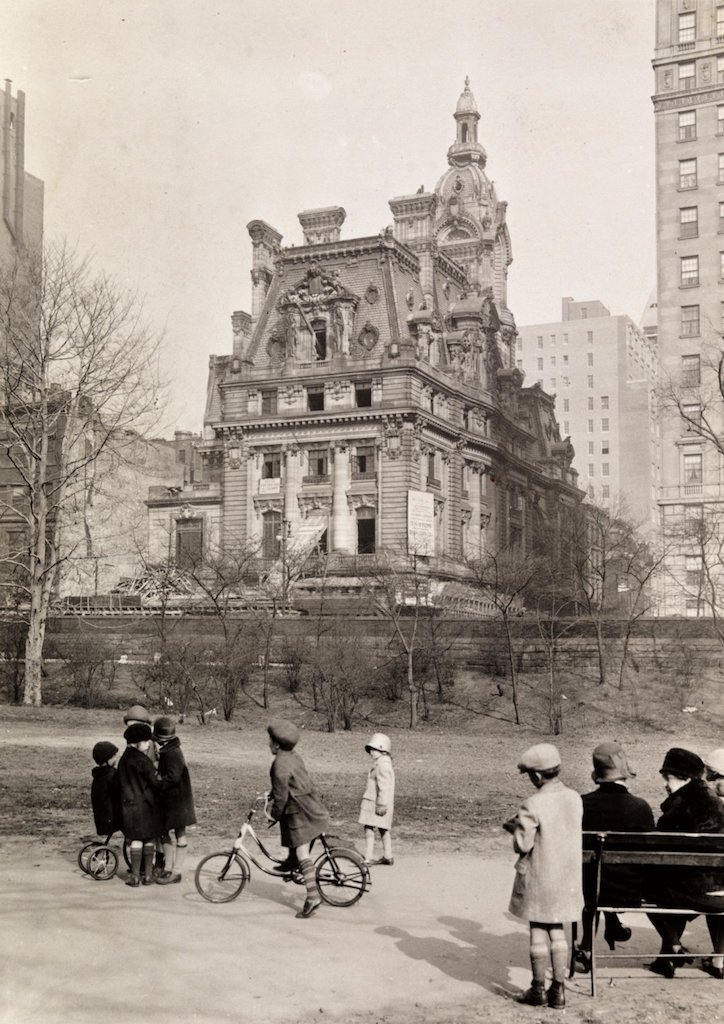
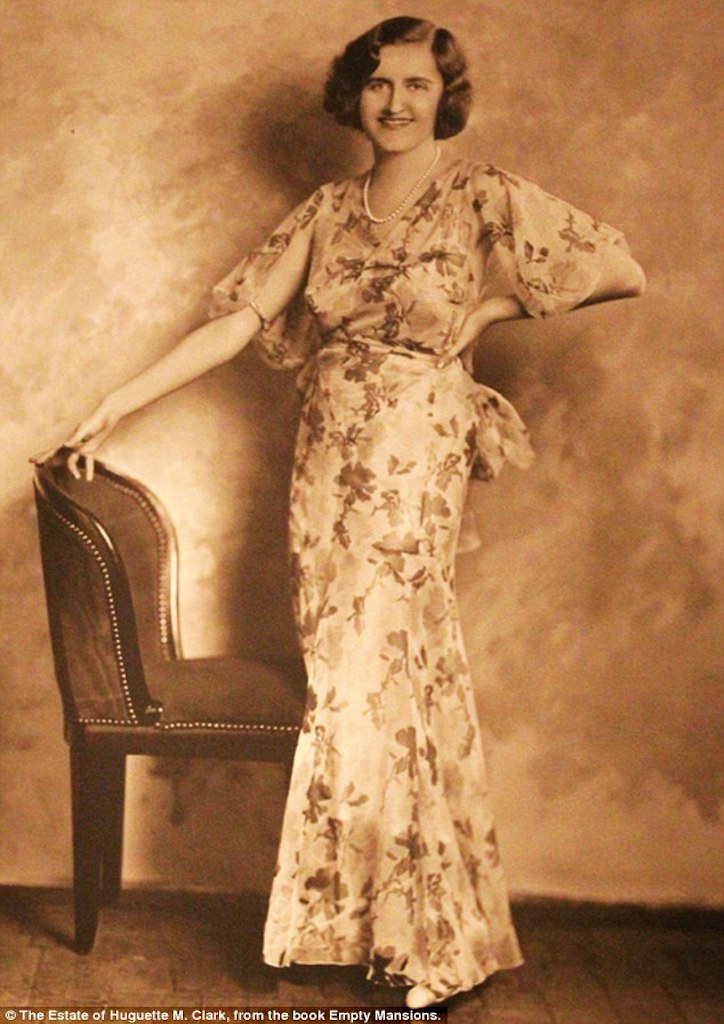
A Journalists’ Curiosity
Journalist Bill Dedman’s obsession with Huguette Clark was mere coincidental. Hoping to move his family out to Connecticut, he found a property listed under her name. Though it was over his preferred budget, Dedman’s inquisitiveness led him to investigate the $34-million-dollar property. He found a sprawling estate, complete with lush greenery and even a well-maintained 1920s Rolls-Royce Phantom in the driveway. The staff continued to tend to the garden and fix places at the dining table, as though they were expecting any of the Clarks to show up any minute. They’ve been instructed to do so for the past 60 years by family lawyers. Dedman’s investigation furthered, and he soon found other listings all over the United States, including a 5th Avenue apartment building and a beachside home called Bellosguardo on the coasts of California, all under the name of a mysterious “Mrs. Huguette Clark”.
The Pulitzer Prize-winning journalists’ curiosity was set ablaze. He tracked down Paul Clark Newell Jr., a distant relative of the secretive homeowner to learn more. Newell, who had an interest in tracking his family tree, was able to shed some light for Dedman. His Auntie Huguette was a prominent New York City heiress, who lived a colorful life behind closed doors. It was an untold story of America’s golden age, ready to be told by the newly formed writing duo.
RELATED READS: The Pickfair Estate: A Short History on the Beverly Hills Mansion Turned Haunted House
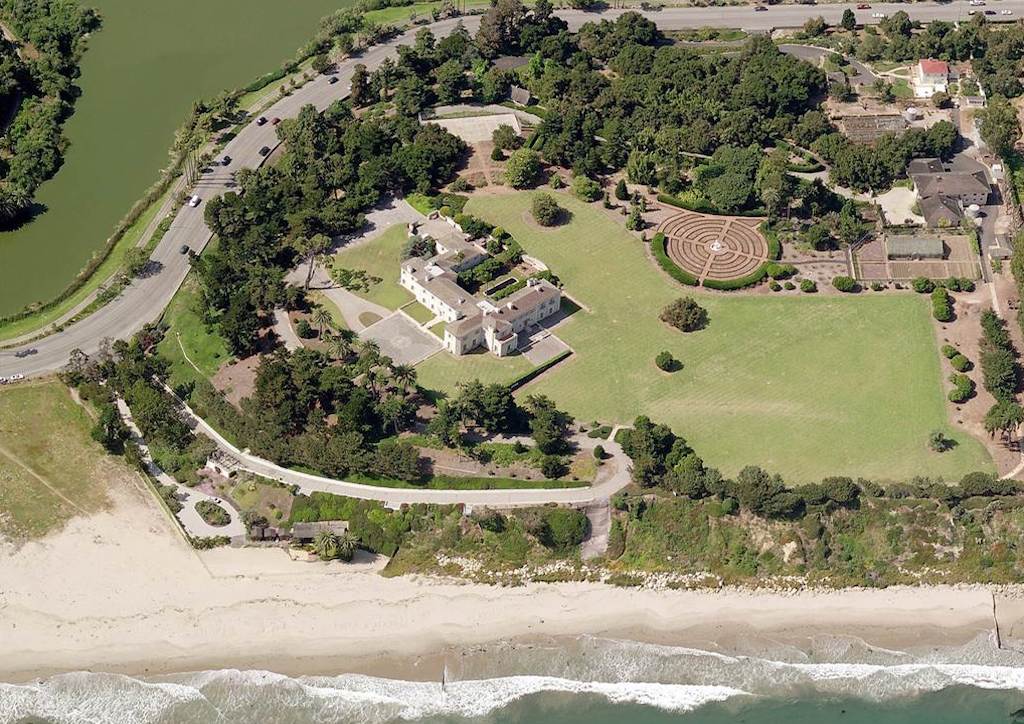
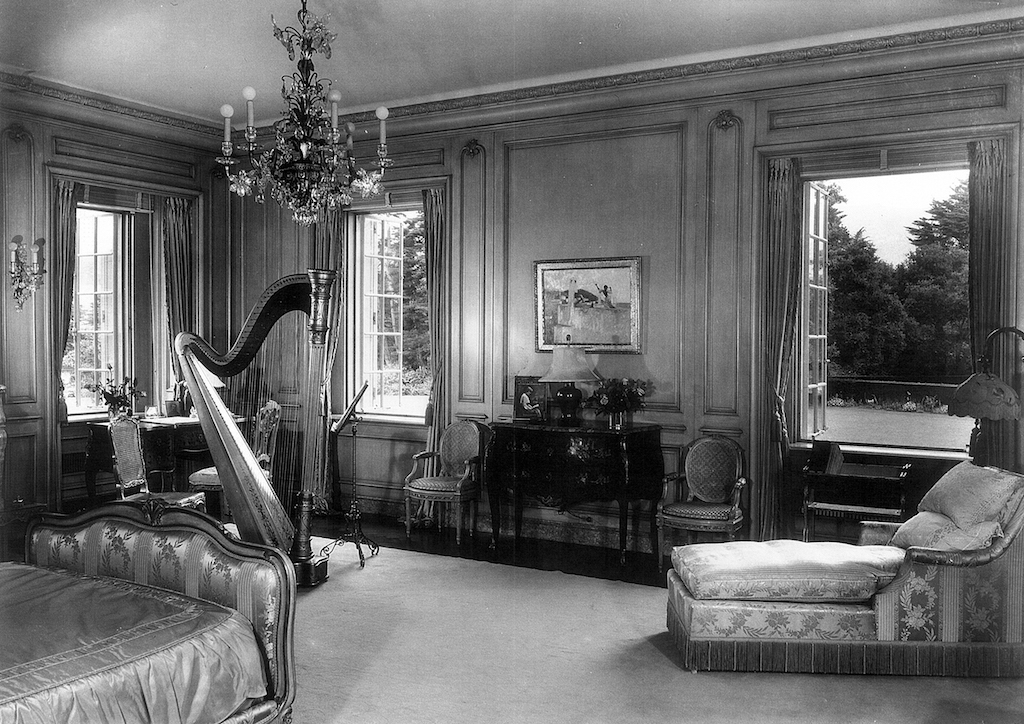
An “It” Girl Who Never Became An “It” Girl
Old newspaper clippings, vintage photographs, school announcements and most importantly, sporadic calls from Auntie Huguette to Newell over the years, helped the writers bring Empty Mansions to life. The daughter of millionaire William H. Clark, Huguette was the last remaining heir of the family fortune (approximately $300 million). Her siblings all met tragic fates in the first part of the new century, or simply took their inheritances early to squander on vicious vices. Shy and reserved, Huguette and her mother Anna despised the spotlight. They opted to stay home, listening to music or painting their view of Central Park in safety, away from the public eye. When Anna passed away, the sheltered young lady was unaware of what to do and continued to live in quiet privacy for the next sixty years. Never disrupting her mother’s wishes, Huguette asked that all their grand homes would be maintained as if they’ve never left.
It is shown in early photographs and clippings that America was enamored with Huguette in her youth during the 1920s. Though her father was never accepted by New York’s crème de la crème Millionaire’s Club because of a tainted stint in politics, gossip rags and society magazine did not have any problem publishing a Huguette Clark-related blind item. Many speculated who the heiress would marry (or to put it plainly, whether a lucky boy would have a taste of their good prosperity), whether she was having an affair with her French art teacher (Huguette was a skilled painter), and why Mr. Clark’s poor little rich girl would act so strange although blessed with a silver spoon. Unwanted publicity and the death of her only sister traumatized Huguette, resulting to a life of living in seclusion.
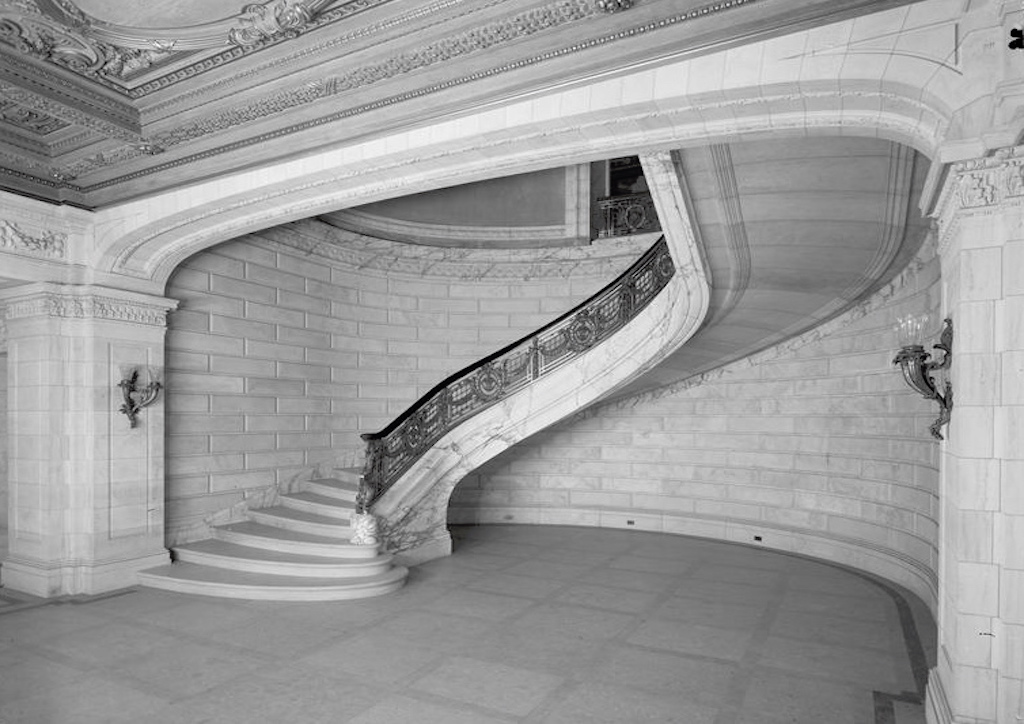
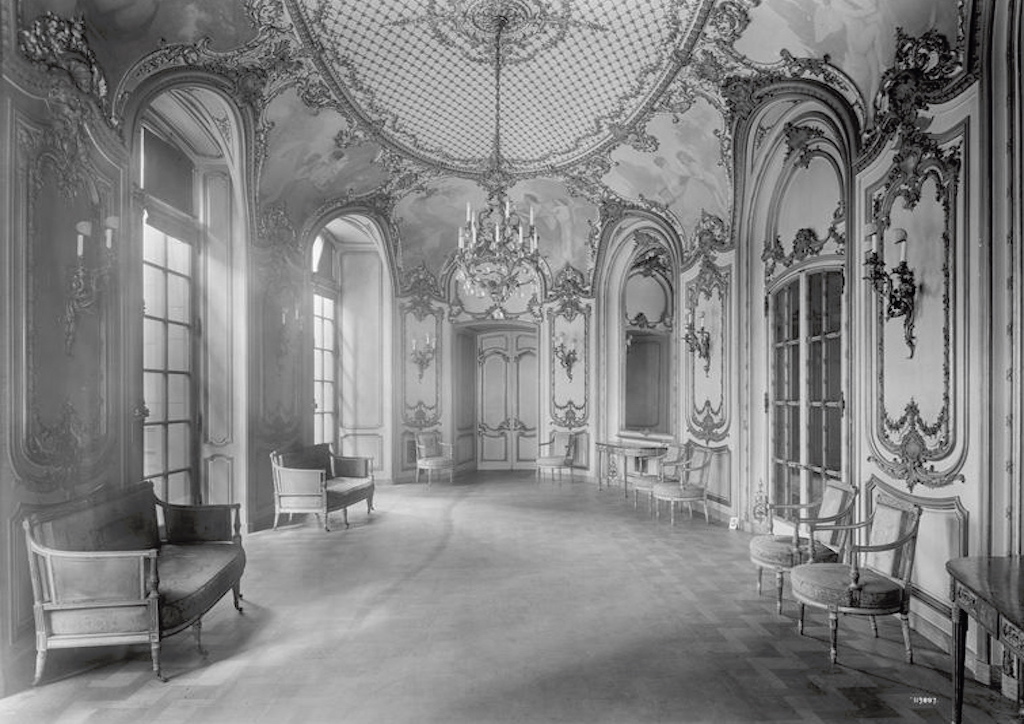
A New Media Frenzy
In the early 1990s, a doctor stepped into 907 5th Avenue after a mysterious call for help. There, he found a ninety-year-old woman, living with multiple diseases, and missing half her face due to cancerous boils—a picture one would imagine straight out of Charles Dickens’ Great Expectations. This was Huguette, living in a rotting apartment that was once palatial in the heyday of her youth. Now, her Japanese doll collection laid lifeless on the floors, paintings by the great artists were gathering dust, and the windows that once faced Central Park were boarded up to avoid sunlight from ever seeping through. In poor health, she was brought the Upper East Side’s Doctor’s Hospital, where her private room was well guarded for the next 20 years.
Two weeks before her 105th birthday in 2011, Huguette passed away. The wealthy heiress was not survived by any close family, but distant relatives who wanted to obtain the fortune. There was a media frenzy when her last will and testament bequeathed $300 million to charity and $30 million to her longtime nurse, Hadassah Peri. Relatives and lawyers began appearing in court, fighting to recover any of the Clark’s massive estate that included family jewels, empty mansions in Connecticut and California, a Monet oil painting from the Water Lilies collection, and a rare violin made in 1709 by Antonio Stradivari. A bloody courtroom battle and media exposure (that would’ve surely appalled Huguette) ended with most of the fortune being donated to charity. Nurse Peri, traumatized and perpetually bugged by Huguette’s money-chasing relatives, donated her share as well.
RELATED READS: The Rise and Fall of a Man Named Halston
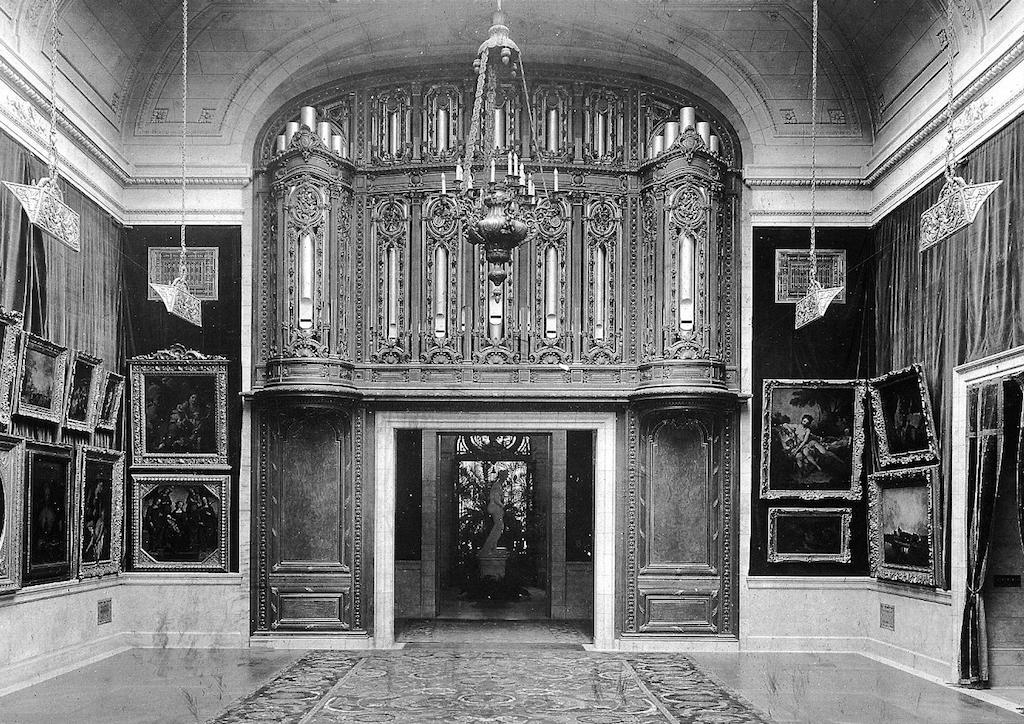
A Long Life Lived Alone
Bill Dedman and Paul Clark Newell Jr. provide a fascinating insight into the life of Huguette Clark. The book chronicles the early life of her father Senator William H. Clark, Huguette’s childhood traumas, her early days as a resentful New York City socialite, all the way to the media frenzy that happened after her death. Because of private interviews, the reader is able to look beyond gossip, and see the inner thoughts of the reclusive woman. Empty Mansions does its best to paint a picture of Huguette and what made her tick. It discusses the possible reasons of her decisions that resulted to a mysterious life lived alone.
Empty Mansions is available in National Bookstore
Photographs courtesy of the Clark Estate, from the book Empty Mansions





